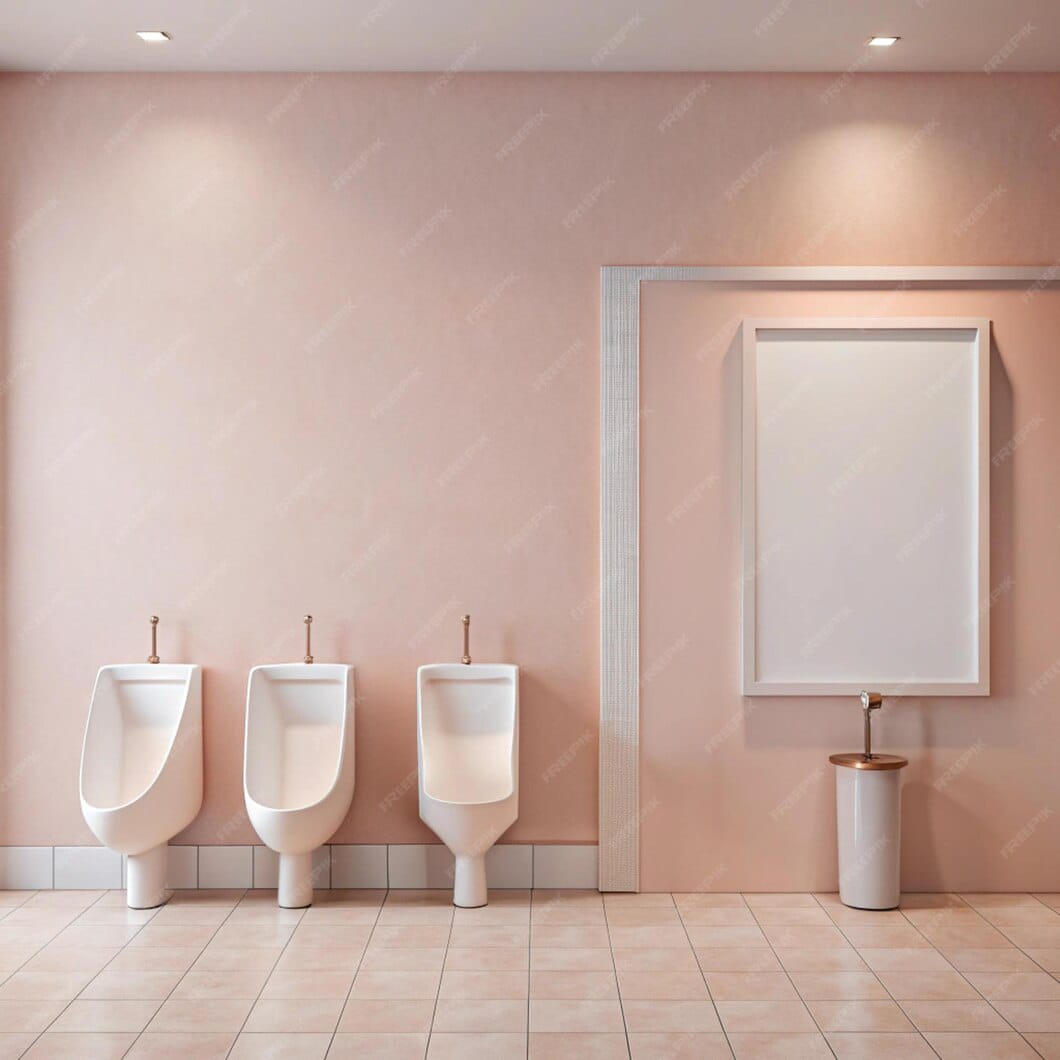In today’s fast-paced world, commercial and public spaces constantly adapt to meet new standards of hygiene, privacy, and comfort. One essential aspect of modern restroom design is the toilet cubicles. These structures aren’t just functional; they’re an essential feature in offices, shopping malls, airports, schools, and other high-traffic areas. Here’s a look at the significance of toilet cubicles, their types, benefits, and how they are changing restroom design.
What Are Toilet Cubicles?
Toilet cubicles are compartmentalized spaces within a restroom designed to offer privacy to individuals. Typically made of durable, water-resistant materials, they are configured in various sizes and styles to suit different spaces and requirements. The cubicles are modular and versatile, allowing designers and architects flexibility in design while maintaining efficient space management.
Types of Toilet Cubicles
Toilet cubicles come in several types, each catering to unique demands. Here’s an overview of some popular choices:
Standard Toilet Cubicles
Standard cubicles are widely used in offices, malls, and schools. They’re typically built to provide standard privacy and space for general use, often using materials like HPL (High-Pressure Laminate) for durability.
Luxury Toilet Cubicles
For upscale facilities such as high-end hotels or exclusive clubs, luxury cubicles offer enhanced aesthetics and extra space. Materials like stainless steel, glass, and premium laminates are commonly used to add elegance and refinement to these spaces.
Accessible Toilet Cubicles
Complying with accessibility standards, these cubicles are spacious enough to accommodate wheelchairs and include support rails for added safety. Accessible cubicles ensure inclusivity and equal comfort for everyone, making them a requirement in most public facilities.
Kids’ Toilet Cubicles
In schools or amusement parks, kid-friendly toilet cubicles are shorter in height and feature bright, playful colors to appeal to children. These cubicles are designed to create a safe, accessible environment for young users.
Wet Area Toilet Cubicles
Common in swimming pools and gyms, wet area cubicles are built from materials like compact grade laminate that are highly resistant to water and humidity, ensuring longevity in moisture-prone environments.
Benefits of Toilet Cubicles
Toilet cubicles contribute significantly to restroom functionality and user experience. Here are some of the primary benefits:
Privacy and Comfort
The primary purpose of cubicles is to offer privacy, giving users a personal space that’s shielded from view. Properly designed cubicles with sturdy locks and sound-dampening features enhance comfort and security.
Space Efficiency
Toilet cubicles are designed to maximize space. By compartmentalizing the restroom area, they allow facilities to accommodate more users without crowding, making them especially valuable in high-traffic locations.
Easy Maintenance and Hygiene
Made from materials that resist stains, scratches, and bacteria, toilet cubicles are easy to clean and maintain. Some even come with antimicrobial coatings to promote hygiene, making them ideal for restrooms that require frequent cleaning.
Durability
Quality materials like compact laminates or stainless steel ensure that cubicles withstand the wear and tear of daily use. Many toilet cubicles are built to last years, even under heavy traffic, providing a cost-effective solution for facility managers.
Aesthetic Appeal
With options in color, material, and design, toilet cubicles can be customized to match the look and feel of any building. From minimalist to vibrant designs, the variety in styles adds to the overall ambiance of the restroom, enhancing the experience for users.
Materials Used in Toilet Cubicles
The choice of material can make a substantial difference in the longevity and appearance of toilet cubicles. Some of the popular materials include:
- High-Pressure Laminate (HPL)
Known for its strength and resistance to moisture and scratches, HPL is widely used in toilet cubicles. It’s available in numerous colors and finishes, allowing for diverse design possibilities. - Compact Grade Laminate
Compact laminate is ideal for wet or humid areas like gym showers or swimming pool restrooms. It’s highly durable, water-resistant, and maintains its appearance over time, even with frequent cleaning. - Stainless Steel
Offering a modern, sleek look, stainless steel is often used in high-end and luxury cubicles. It’s also exceptionally durable and easy to clean, making it a good choice for restrooms with high hygiene requirements. - Glass
Glass cubicles, often frosted or tinted, provide a unique aesthetic and are used in upscale settings. While more delicate, they add an elegant touch and a sense of spaciousness to the restroom.
Choosing the Right Toilet Cubicles for Your Space
Selecting the right toilet cubicles depends on several factors, including the nature of the facility, expected traffic, budget, and aesthetic preferences. Here are some tips to make the right choice:
- Consider the Environment: For wet areas, choose materials like compact laminate that are resistant to moisture. For upscale areas, consider glass or stainless steel for a more polished look.
- Assess Traffic Levels: High-traffic areas benefit from robust materials like HPL or stainless steel, which withstand heavy usage.
- Prioritize Hygiene: In locations such as hospitals or schools, consider antimicrobial surfaces to enhance cleanliness and reduce bacterial growth.
- Budget: Luxury materials add elegance but come at a higher price point. Assess your budget and choose a material that offers the best balance between aesthetics and durability.
Future Trends in Toilet Cubicles
The demand for eco-friendly and tech-enabled toilet cubicles is on the rise. Here are some emerging trends:
- Sustainable Materials: Environmentally conscious businesses are leaning towards materials with a low carbon footprint, including recycled laminates and energy-efficient manufacturing processes.
- Touchless Technology: Touchless doors and automated sanitization within cubicles are becoming popular in high-end and healthcare facilities, enhancing hygiene standards.
- Customizable Aesthetics: Designers are increasingly opting for cubicles that reflect the overall design language of the building, with customizable finishes, patterns, and hardware.
Conclusion
Toilet cubicles are an essential aspect of restroom design, combining functionality, privacy, and style. They provide comfort, promote hygiene, and offer an aesthetic appeal that can enhance the image of a facility. By choosing the right type of Toilet Cubicle Manufacturers, businesses and public facilities can create a pleasant restroom experience that meets the needs of modern users.
